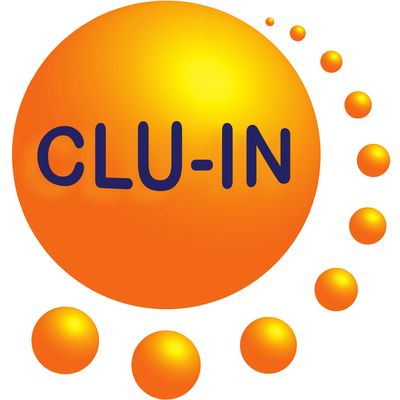Since 1998, The Contaminated Site Clean-Up Information (CLU-IN) website has presented Internet Seminars covering a wide variety of technical topics related to hazardous waste characterization, monitoring, and remediation. For each seminar topic, we have selected the highest-quality offering for placement in our archives. Beginning in May 2005, we began offering these archives via podcast, and this feed contains all seminars archived in the last 6 months. For a complete list of seminars archived since 2000 and videos of selected seminars archived since 2012, please visit http://clu-in.org/live/archive/. Our Rehabilitation Act Notice for reasonable accommodation is available at http://clu-in.org/training/accommodation.cfm. CLU-IN was developed by the U.S. Environmental Protection Agency (EPA) but is intended as a forum for all waste remediation stakeholders. For more information and to view upcoming live offerings, please visit http://clu-in.org/live/. For a complete list of RSS feeds available on CLU-IN, please visit http://clu-in.org/rss/about/.
http://www.clu-in.org/live/archive
Audio for "Adverse Outcome Pathways: Session II - Assembling and Assessing AOP Information," Nov 29, 2017
The NIEHS Superfund Research Program (SRP) is hosting a seminar series focused on adverse outcome pathways (AOPs), which are structured ways to represent biological events leading to adverse health effects. In the second session, presenters will discuss the development of AOPs and how they may be used to support hazard and risk assessment. Carole Yauk, Ph.D., will briefly review common AOP development principles, including identifying key events, and assembling and weighing the evidence to support key event relationships and the overall AOP. A case study will then walk through development of one AOP using the AOP wiki. Using alkylation of DNA as the molecular initiating event, subsequent key events that are measurable and essential will be identified. Key event relationships will be identified and evaluated by assessing the dose, incidence and temporal relationships among the events. The essentiality of each event to the adverse outcome, heritable mutations, will be assessed and the empirical evidence supporting the AOP, and any uncertainties, will be evaluated. Ed Perkins, Ph.D., will discuss efforts to merge the AOP's simple framework for linking effects to a regulated outcome with more biological pathways and measurements such as omics that try to capture the complexity of biology in order to support hazard and risk assessment. Examples will be given on how 'omics and other data can be used in the context of AOPs to assess chemical mixture impacts and how in vitro or in vivo data can be used to determine the likelihood of an AO occurring (e.g. Bayesian AOP networks and mechanistic qAOPs). The AOP framework provides a logical mechanism based structure for formalizing and visualizing the molecular intersection between chemical and nonchemical stressors. However, the impact and relevance of biomedical research public health protection from chemical and nonchemical exposures depends both on the understanding of mechanisms embedded in the AOP framework, and how exposures themselves affect those mechanisms and the likelihood of adverse outcomes. Justin Teeguarden, Ph.D., will introduce similar frameworks for organizing exposure information (like the aggregate exposure pathway (AEP)) and discuss how they can provide critical information about the magnitude of the stress and key information about how environmental concentrations can be related to human exposures. He will also discuss how exposures in studies conducted in vitro or an animal models can be related to human exposures. This webinar is also in support of an upcoming NIEHS/NHLBI Workshop, Understanding the Combined Effects of Environmental Chemical and Non-Chemical Stressors: Atherosclerosis as a Model, which will take place at NIEHS in Research Triangle Park, North Carolina, April 3 - 4, 2018. The goal of this workshop is to identify key biological mechanisms and pathways of the combined effects of chemical and non-chemical stressors associated with atherosclerosis. This workshop will use the AOP framework to assist in the discussion of the pathways considered by workshop participants. To view this archive online or download the slides associated with this seminar, please visit http://www.clu-in.org/conf/tio/AdvOutPathways2_112917/
